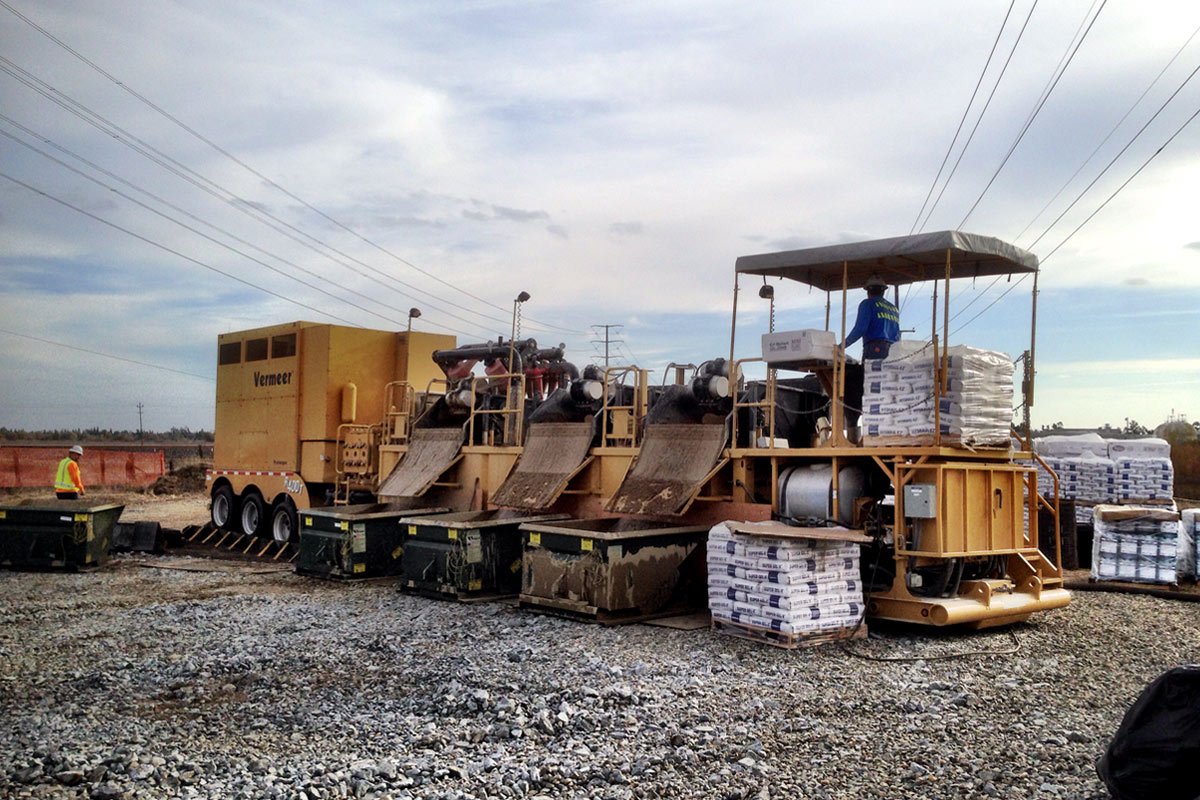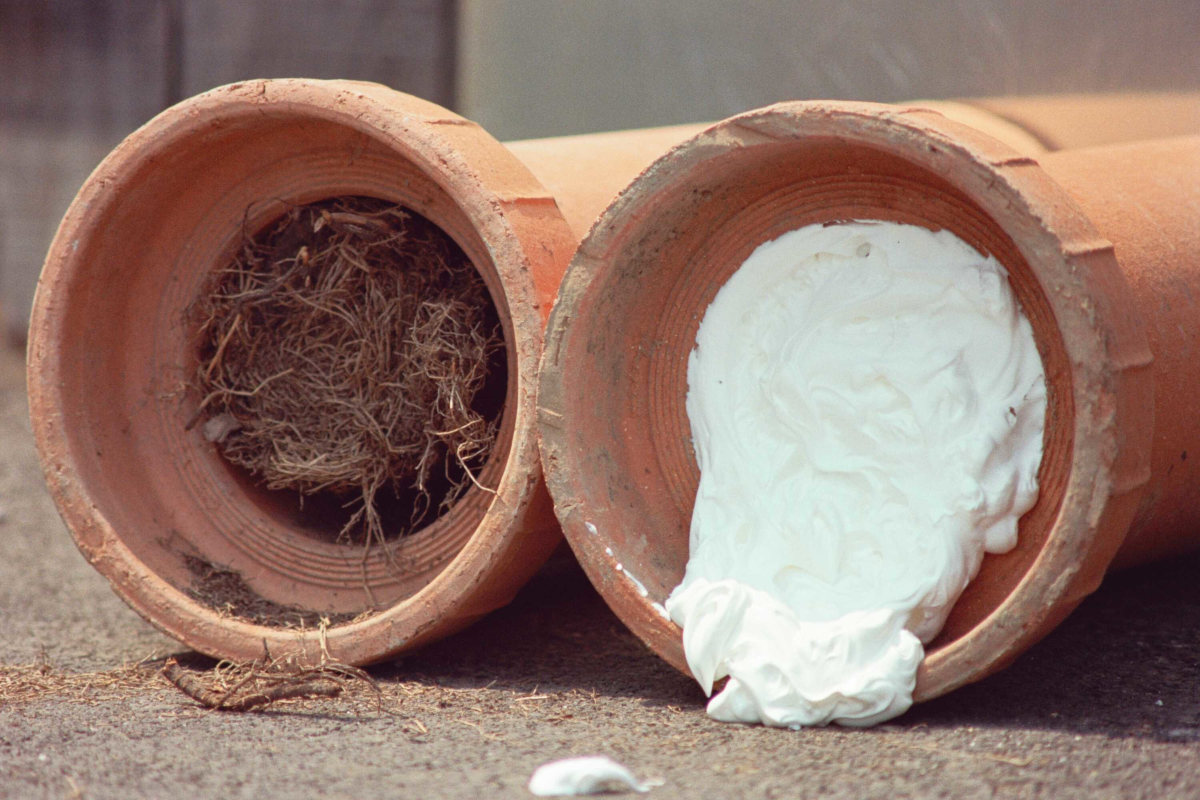
TTC Completes Environmental Impact Study of Steam-Cured CIPP
Recently, questions about the environmental impact of emissions from steam-cured cured-in-place pipe (CIPP) projects have been raised by researchers. To address this, a comprehensive project was undertaken by the Trenchless Technology Center at Louisiana Tech University (TTC) to collect data from several projects using varied sampling tools to determine the extent of potential impacts.
RELATED: CIPP Market: Nearly 50 and as Strong as Ever
Study objectives were to evaluate air emissions from steam-cured CIPP installations and then determine potential impacts to workers and the surrounding community. The objectives were accomplished by measuring worker exposure to emissions onsite and immediately offsite. The sites selected represented a range of scenarios typical of CIPP installations (see table below). The cities were selected to capture jobsites in varies climates; however other limiting factors were considered (e.g. availability, project and site characteristics).
The potential health risks to workers and the community were evaluated based on appropriate health-based action levels using both directly measured and modeled data. The results of the study indicate that the health of workers has the potential to be impacted at two locations, inside the liner truck immediately after opening and areas immediate to the stack (within 10 ft).
Methodology
To evaluate the potential health risks associated with steam-cured CIPP installations, the concentrations of compounds in emissions from pollutant sources were determined. Since pollution from sources such as emission stacks disperses in the surrounding environment the concentration of chemicals in emissions can vary by location. The potential hazards associated with these chemicals depends on the concentration of individual chemical compounds and how the chemicals are dispersed in the environment.
To have a more comprehensive understanding of CIPP emissions, the study aimed to capture all the TO-15 compounds present and evaluate the concentration of these chemicals at multiple locations at different points in the CIPP installation process. Once these chemical concentrations were measured, the study utilized appropriate health-based action levels published by the Environmental Protection Agency (EPA), Occupational Safety and Health Administration (OSHA) and the National Institute for Occupational Safety and Health (NIOSH) to evaluate health risks.
RELATED: University of Texas at Arlington Research Team Completes CIPP Study Review
Of the 19 compounds potentially found in the emissions of steam-cured CIPP, only styrene was identified to have concentrations significant enough to potentially pose any health risks. The presence of a styrene odor is not, necessarily, indicative of dangerous styrene levels. Styrene produces a noticeable smell at levels far below the most conservative regulatory exposure limits. The analytical methodology for identifying these compounds was gas chromatography/mass spectrometry (GC/MS), which was carried out onsite or through laboratory analysis. Canisters were primarily used to collect liner truck samples and steam plum exit samples and portable GC/MS was used for onsite measurements. Worker sampling was carried out using sorbent tubes. Additional sorbent tubes were also used to collect air samples in the vicinity of the plume.
Results
Based on the testing, the only two locations where styrene levels could potentially pose any health risks were inside the transport truck and near the emission stack. Most styrene emissions from inside the transport trucks measured between 100 ppm to 200 ppm. These locations could potentially pose health risks to workers if durations exceeded 5 minutes. Results for emissions near the stack were mostly lower than the transport truck, but potentially a risk if exposure durations approached 5 minutes. Several variables like wind, temperature, and distance from the exhaust affect the dispersion of styrene, which most likely explains the range in concentration values.
No measurement taken at a distance of 10 ft or more from the termination manhole and/or exhaust stack exceeded exposure limits. In fact, those levels were far below guideline levels. Also, near the insertion manhole, the highest level measured was 26 ppm. While some temporary irritation could occur at this level, the concentration is below all OSHA and NIOSH exposure guideline limits. Measurements taken in homes near exhaust points yielded styrene concentrations less than 0.01 ppm. This suggests there is little potential danger of styrene emissions collecting in homes and rising to levels above exposure limits.
Data collected by sorbent tubes mounted on workers or at points to approximate worker exposure revealed no episode where the exposures averaged over the duration of the installation exceeded any threshold limits. This would suggest that CIPP installers experience safe long-term exposures to styrene.
Recommendations
The opening of the liner transport truck door represents a point in the CIPP installation process where there is potential exposure to dangerous levels of styrene. It is assumed, however, that styrene levels begin to dissipate the moment the liner transport truck is opened and could drop to acceptable short-term exposure levels soon after the door is opened.
For these reasons, the research team recommends the following:
- For those immediately entering the liner transport truck or storage unit, active air monitoring should be utilized at the initial opening of the truck or storage unit door to ensure a safe work environment.
- At the initial opening of the liner transport truck or storage unit door, suitable PPE should be worn by those immediately entering the truck or storage unit.

For these reasons, the research team recommends the following:
- A conservative perimeter of 15 ft be implemented around exhaust manholes/emission stacks during curing. This perimeter could be entered for less than five minutes. If this area is entered for longer than five minutes, suitable PPE should be used.
- Emissions stacks should be a minimum of six feet tall to enhance the dispersion of emissions and lessen the likelihood of workers entering the perimeter from having to cross into the plume.
In areas surrounding the exhaust stack, the data suggests that styrene dissipates rapidly and that exposure to styrene above regulatory guideline limits is unlikely outside of a 15-ft radius around emissions points. Based on the data it is also unlikely that styrene levels would rise to a level that presented any danger to residents inside buildings.
Future studies of CIPP emissions should focus on determining the time it takes liner truck emissions to dissipate and further evaluating specific task-oriented emission impacts.
Acknowledgments
The authors acknowledge research team members at the TTC – Dr. Shaurav Alam, Dr. Sven Eklund, Ashlesh Banjara, Hawa Hashm, Gazi Hossain, Jason Howell, John Kraft & ERDC – Dr. Anthony Bednar and Charles Laber. The authors acknowledge financial support from NASSCO.
Dr. Elizabeth Matthews is an assistant professor at Louisiana Tech University. Dr. John Matthews is director of the Trenchless Technology Center. (TTC).






